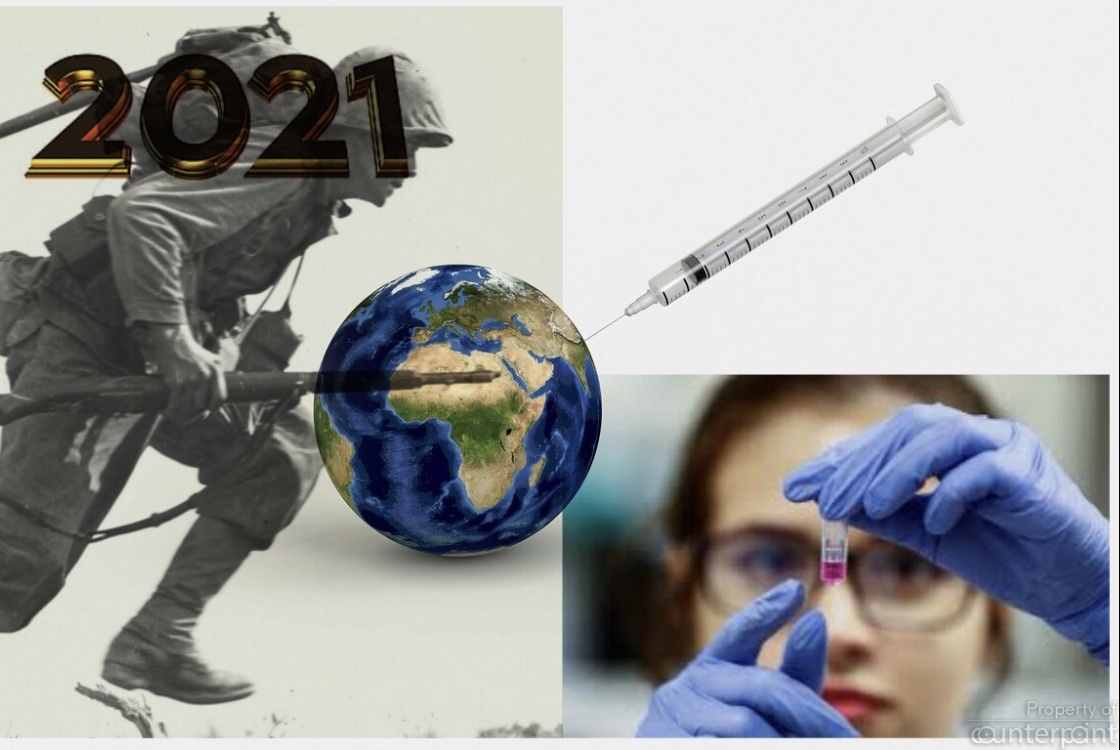Wars are horrible affairs but once the hostilities have commenced they are also periods of intense technological innovation. World War One saw the invention of tanks, the rapid development of aeroplanes and, for the first time, the utilisation of modern logistics. Between the wars innovation slowed, but once World War Two was in full swing we saw the rapid development of radar, the jet engine and the inception of the nuclear age.
Each war sees its period of forced innovation and our latest war, the war against Covid-19, is no different. The most obvious and most talked about innovation is the development of new vaccines. Prior to 2020 any self-respecting scientist would have told you that to develop a vaccine could take anything from 10 to 15 years. Yet, unbelievably, scientists around the world have managed to produce vaccines with higher success rates than previous vaccines. Take the flu vaccine, for example, that is effective about 67 percent of the time, whilst the Pfizer coronavirus jab is around 90 percent effective and the Moderna vaccine is around 95 percent effective.
There are a number of reasons why vaccines have been developed so quickly; political will meant funding flowed freely into research projects, fresh thinking found new ways to slot genetic material from the virus into tried and tested delivery platforms and new ways were found to shorten the testing period. Across the world scientists ignored petty political boundaries and cooperated to work out the genetic structure of the virus whilst others investigated previous pandemics to identify platforms that might be used. The innovation continues with biologists talking of next-generation sequencing and reverse genetics possibly being the way forward to cutting the development time of vaccines even further.
The new science of Artificial Intelligence (AI) has helped in all of this recent development and it is only just starting to prove its worth. An AI network developed by Google AI offshoot DeepMind has managed to determine a protein’s 3D shape from its amino-acid sequence. Biologists talk of this as being a game changer in being able to develop new and better drugs and much more in medical research.
Artificial Intelligence won’t just be useful in medicine; its uses will soon be felt across a wide range of everyday systems. There have been some amazing results from the use of AI in data analysis, literally speeding up number crunching from weeks to hours and when you combine it with the Internet of Things (IoT) the opportunities for businesses, agriculture, transport and tackling environmental change are enormous.
As in all wars we are going through an exponential explosion in innovative thinking and development. This is mainly due to the Coronavirus pandemic this year but it is also down to the need to tackle the many environmental issues we are now experiencing.
In ten horrid months scientists from around the world have shown us the future. It is one where, wherever you live and whatever the physical borders, greater international cooperation and sharing of information can bring good things to all humankind.
For sure 2021 is going to look very different to 2020. The scientists have shown us that it is going to be a year where we start to win not just the immediate war but prepare ourselves more fully for the pandemic wars of the future.
The past year has been a wake-up call for many people. It has made them realise that our current lifestyles had to change. By putting aside petty differences and working towards a common goal we are capable of so much more.
Soon the vaccines will flow out across the world thanks to so many dedicated scientists. What we the people have to ensure is that we don’t slide back into our old feudal ways but grasp the opportunity we have been given. In short 2021 is a year through which we can look forward to a bright future.





